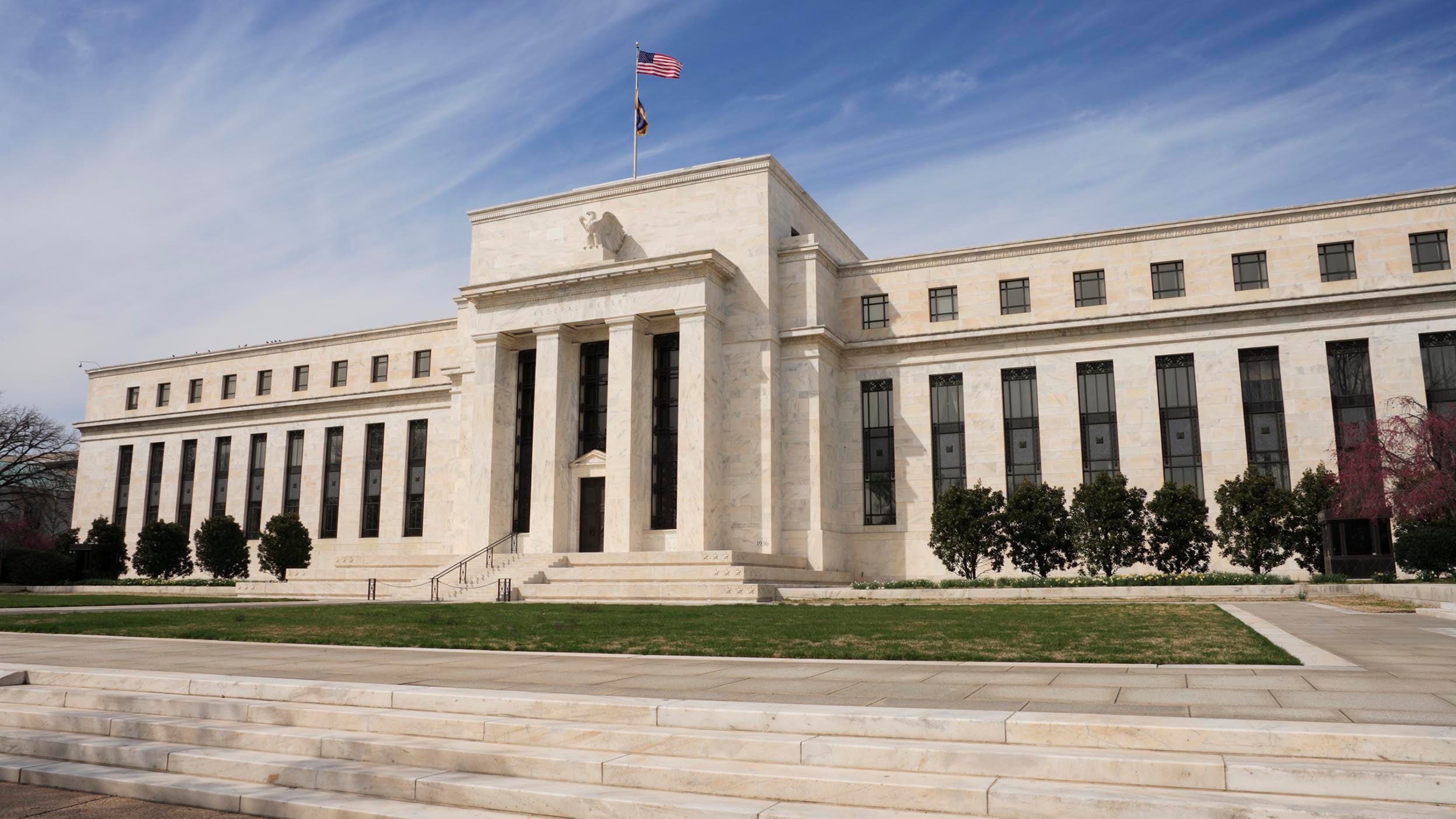
Markets and Economy Five trends to watch as US stocks hit a new high
An expectation for improved trade policy clarity and continued spending on artificial intelligence helped boost the S&P 500 Index to a new all-time high.
Fresh perspectives on economic trends and events impacting the global markets.

An expectation for improved trade policy clarity and continued spending on artificial intelligence helped boost the S&P 500 Index to a new all-time high.

The S&P 500 Index recently hit another record high. But stock market highs don’t tell long-term investors all that much.

Why the US may avoid a recession, tariffs may cause only a short-term price shock, and US oil production may buffer against external disruptions.

The Middle East dominated the news, but beyond oil and gas, most markets haven’t yet reacted heavily. Central banks remain in a wait-and-see mode.

A recession is a meaningful and lasting decline in economic activity that could include lower GDP, employment, and spending.

Geopolitical uncertainty immediately triggered a flight to "safe haven” assets, but the US dollar was largely unaffected.

Global unrest can tempt investors to change investment plans, but long-term market growth has continued throughout history despite wars.

The US central bank, known as the Federal Reserve System, uses interest rates and other tools to keep prices stable and employment strong.

While policy and economic uncertainty are high, we are confident in our base case that non-US assets are increasingly attractive.
A selection of articles from our experts on the markets, economy, and investments.
Help your participants get more out of retirement through our innovative thinking and in-depth, proprietary research.
Insights from our income experts on investing opportunities around the globe.
Explore our latest insights on investment opportunities and potential ways to use ETFs in a portfolio.
Learn about investing in ETFs, including the basics, benefits, and choosing one.
Candid conversations with fund managers, market strategists, and more.
NA1943153
This link takes you to a site not affiliated with Invesco. The site is for informational purposes only. Invesco does not guarantee nor take any responsibility for any of the content.